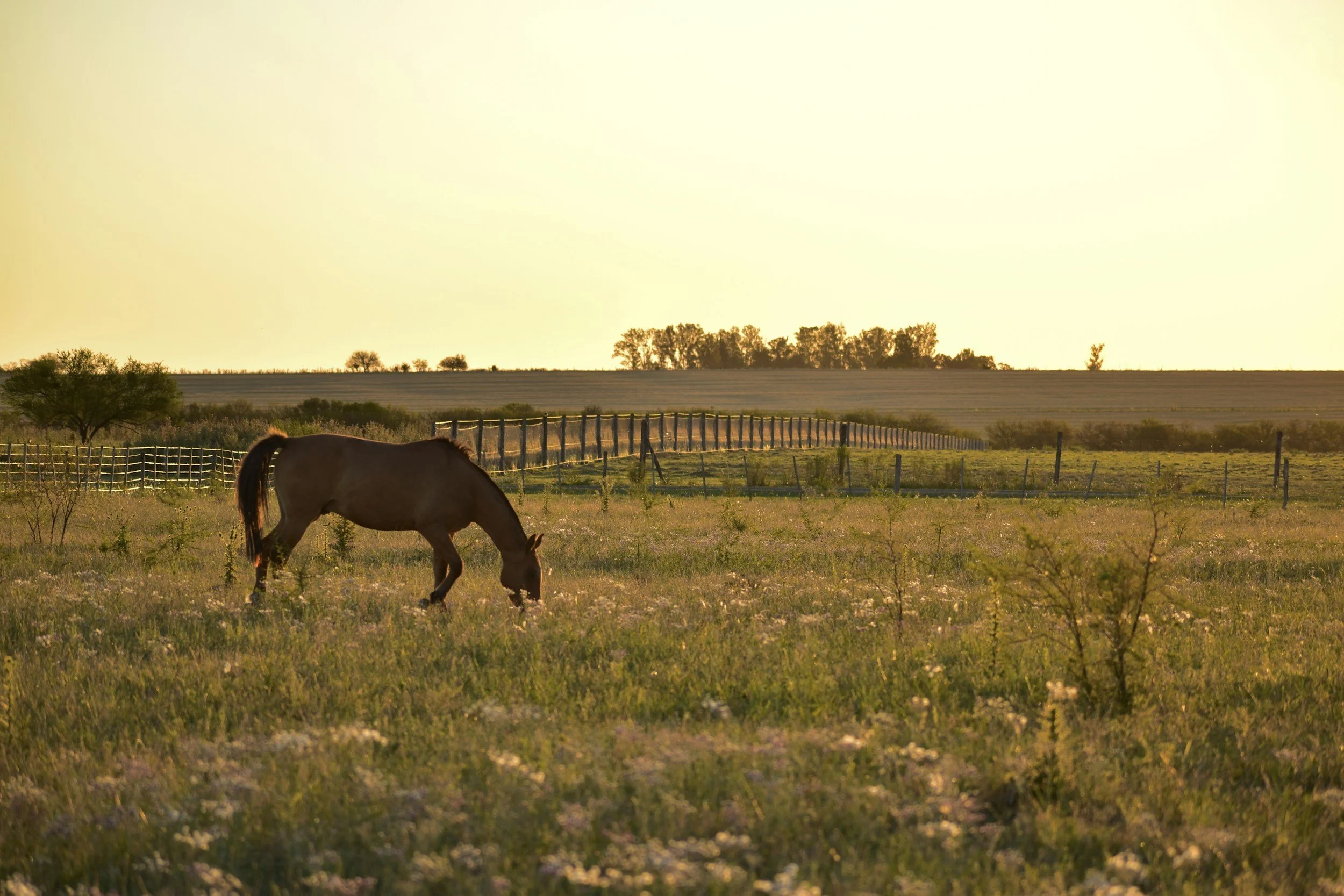By: Taryn DeVeau, Staff Member
Instant Racing has the potential to provide economic benefits for the Kentucky horse industry, surrounding racetrack communities, and the state at large.[1] In Instant Racing, gamblers bet on historical races without knowing the identity of the race.[2] Kentucky Downs is the first horse track in Kentucky to offer Instant Racing, and revenue from Instant Racing will help Kentucky horse tracks compete with tracks in other states that use casino revenue to fund purse take-outs. [3]
Despite the obvious benefits, Instant racing has proved controversial. In a recent lawsuit, the Kentucky Horse Racing Commission, the Department of Revenue, and a group of Kentucky horse racing organizations argued that Instant Racing is within the Kentucky Horse Racing Commission’s regulatory authority and sought declaratory judgment to that effect.[4] The Franklin Circuit Court held that Instant Racing is within the Commission’s regulatory authority so long as it involves “pari-mutuel wagering” on horse races.[5] The court then explained that a wagering system is pari-mutuel if the association does not have an “interest in the outcome of the bet, beyond the uniform deduction allowed by law.”[6] In Instant Racing, gamblers are wagering amongst themselves in wagering pools; therefore, the court was satisfied that the Instant Racing is a form of pari-mutuel wagering.[7] The Family Foundation of Kentucky has appealed the Franklin Circuit Court’s decision and sought an injunction to stop Instant Racing at Kentucky Downs.[8] The Foundation claims that Instant Racing devices are essentially slot machines, which are illegal in Kentucky.[9] The Foundation’s emergency injunction was declined, but the Foundation’s non-emergency injunction will still be reviewed.[10]
The ultimate legality of Instant Racing will depend on whether it is truly a form of pari-mutuel wagering.[11] The Kentucky Attorney General has opined that Instant Racing is not pari-mutuel wagering under Kentucky’s administrative regulations because gamblers in Instant Racing bet on completed races, do not share a betting pool, and rely on seed pools.[12] However, the Commission has drafted new regulations that purport to legalize Instant Racing.[13] These new regulations rely on the Attorney General’s opinion and are currently under review.[14]
Even if the Kentucky Court of Appeals decides on the legality of instant racing before the new regulations are approved, it is unlikely that Instant Racing will be declared illegal due to the potential impact such a ruling would have on the horse industry, which is a very important sector of the Kentucky economy. The profit potential of Instant Racing is hard to ignore, but, because it has not yet been widely adopted elsewhere, it is difficult to predict what type of experience Kentucky might have with instant racing. One Arkansas horse track credits its multi-million dollar purse distributions to a successful Instant Gaming program and electronic gaming facilities.[15] However, because electronic gaming facilities are illegal in Kentucky, Instant Gaming success in Arkansas may not be a reliable predictor of success in Kentucky.[16]
At the present juncture, the future of Instant Racing and the impact it may have on the Kentucky economy remains uncertain. Despite Kentucky Down’s $3 million dollar initial investment in Instant Racing, which could boost the economy by creating jobs and attracting people to the horse track[17], other prominent horse tracks in Kentucky have been reluctant to follow suit. The impending Kentucky Court of Appeals’ decision on the legality of Instant Racing has chilled further investment.[18]
[1] Janet Patton, State approves Instant Racing at Kentucky Downs, Lexington Herald Leader, July 15, 2011, http://www.kentucky.com/2011/07/15/1811479/approval-expected-for-instant.html.
[2] Janet Patton, State approves Instant Racing at Kentucky Downs, Lexington Herald Leader, July 15, 2011, http://www.kentucky.com/2011/07/15/1811479/approval-expected-for-instant.html.

[3] Gregory A. Hall, Kentucky Downs is looking for instant success, The Courier- Journal, August 30, 2011, http://www.courier-journal.com/article/20110830/BUSINESS/308280032/Kentucky-Downs-looking-instant-success.
[4] The Horse Racing Comm’n v. The Family Foundation, No. 10-CI-01154, 8 (Franklin Cir. Ct. Dec. 29, 2010).
[5] Id.
[6] Id. at 12.
[7] Id. at 13-15.
[8] Jack Brammer, Family Foundation seeks injunction to stop instant racing at Kentucky Downs,Lexington Herald Leader, September 3, 2011, http://www.kentucky.com/2011/09/03/1867383/family-foundation-seeks-injunction.html.
[9] Id.
[10] Gregory A. Hall, Judge allows Instant Racing game to continue, The Courier- Journal, September 8, 2011, http://www.courier-journal.com/article/20110908/BUSINESS/309080053/Judge-allows-Instant-Racing-game-continue
[11] The Horse Racing Comm’n v. The Family Foundation, No. 10-CI-01154, 14 (Franklin Cir. Ct. Dec. 29, 2010).
[12] Instant Racing, 10-001 Op. Att’y Gen. 7-9 (2010).
[13] The Horse Racing Comm’n v. The Family Foundation, No. 10-CI-01154, 3 (Franklin Cir. Ct. Dec. 29, 2010).
[14] Id.
[15] Oaklawn to Offer 32 Stakes Races, $4.6 Million in 2001, Oaklawn.com,http://www.oaklawn.com/news/2010/aug/20/oaklawns-2011-stakes-schedule-announced/ (last visited September 13, 2011); Ark. Code Ann. §23-113-101 thru §23-113-604 (2005).
[16] See Ky. Rev. Stat. Ann. § 247.155 (2011).
[17] Janet Patton, On eve of instant racing’s debut, Ky. Downs hopes for big payoff, Lexington Herald Leader, September 1, 2011, http://www.kentucky.com/2011/09/01/1864295/on-eve-of-instant-racings-debut.html.













